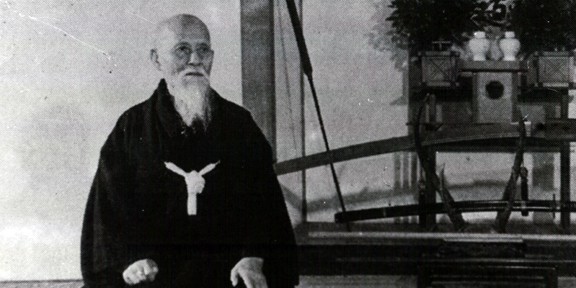When Aikido Came to America…
Sensei Antonio Aloia grew up in a martial arts family and has spent the better part of his life practicing Aikido. He has spent a significant portion of his academic studies on researching the history of Aikido since it reached America from Japan, he is the author of the book, Aikido Comes to America. This interview was recently conducted by Tambuli Media president, Mark V. Wiley, as a deeper dive into some of the material contained with the Aloia’s ground-breaking book.


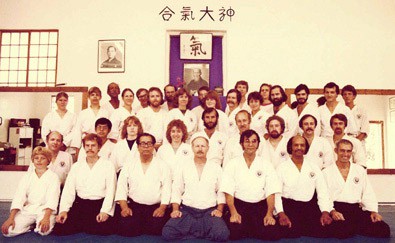
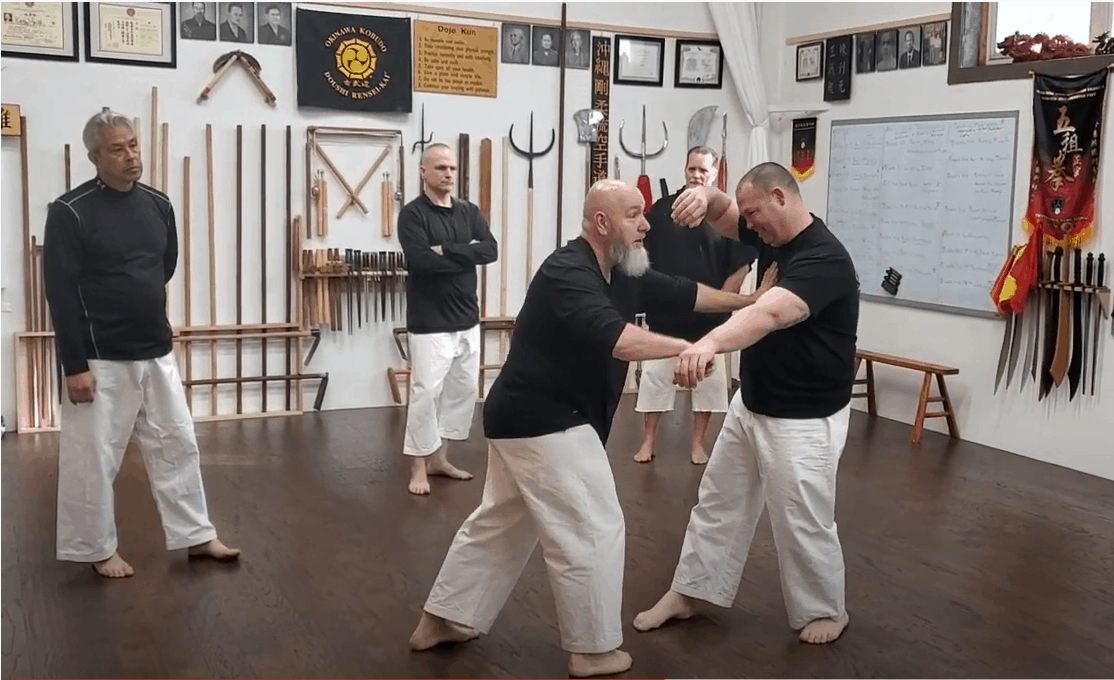
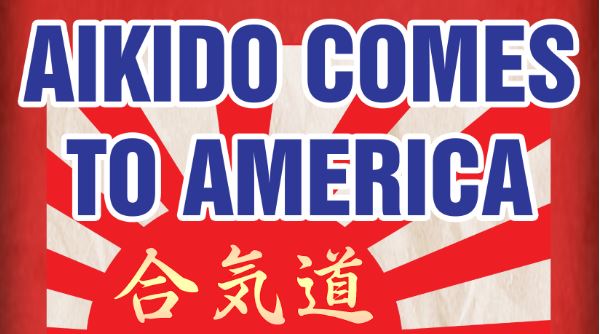
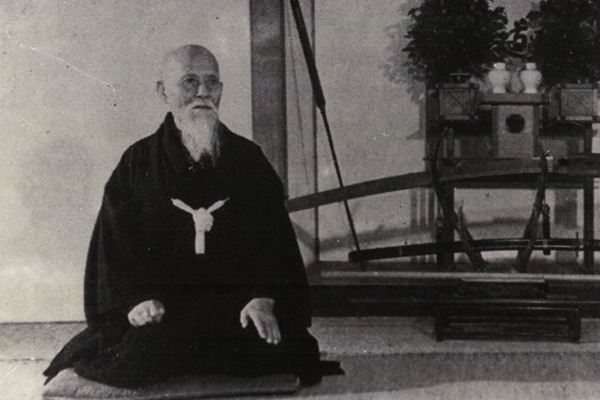
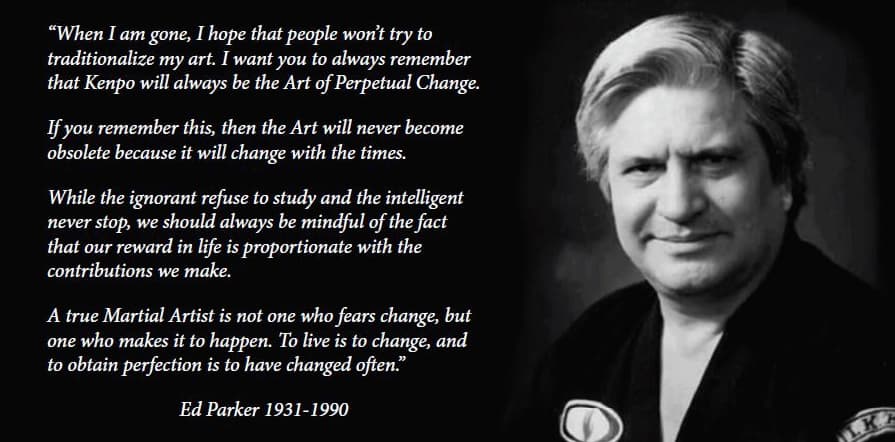
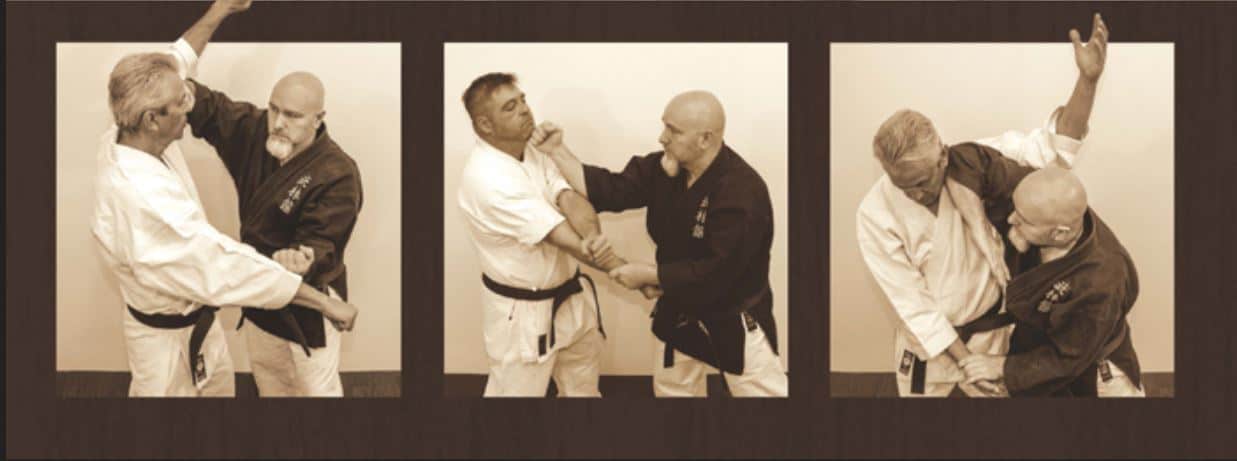
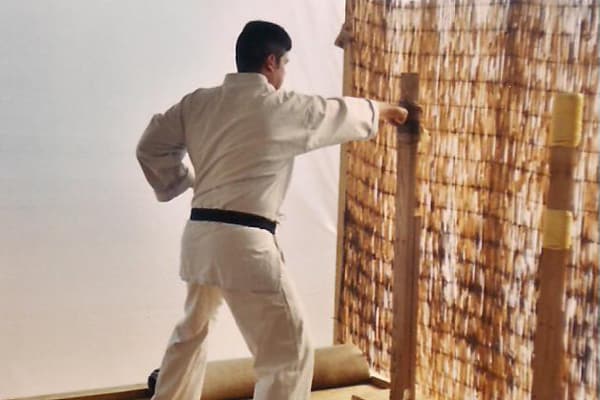
![The Spiritual Path of Budo and Zen [Video]](https://tambulimedia.com/wp-content/uploads/2017/03/Budo-Path.jpg)
